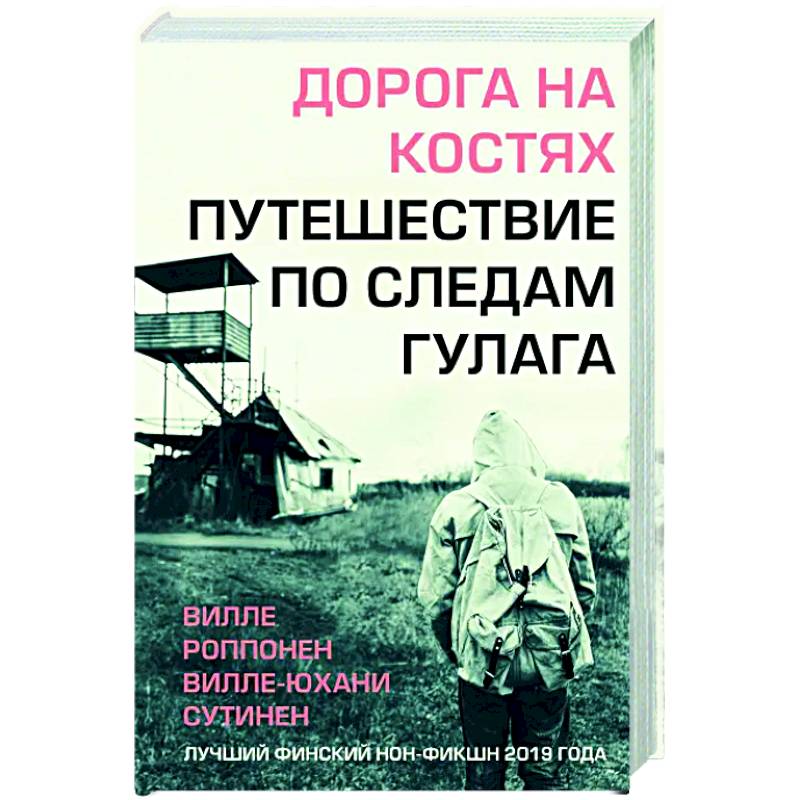Road on the bones. Traveling in the trail of the Gulag
Please sign in so that we can notify you about a reply
The best Finnish non-fiction of 2019.
Tieto-Finlandia prize winner.
How good are you familiar with the gloomy pages of our history? Finnish researchers of Soviet history Ville Ropponen and Ville-Yukhani Sutinen know about them even better than ourselves, setting off on a large-scale journey through the traces of the Gulag.
Having passed through the entire territory of the former Soviet Union in the chronological order of the origin of the camps - from Solovki to Vorkuta, from Tomsk to Kolyma - they tell the story of the formation of a totalitarian machine and show how the memory of repressions is perceived today.
A study of abandoned debris of camps, visits to provincial museums, visiting memorials and cemeteries, conversations with local residents, historians and guardians of memory, historical facts and memoirs of witnesses of the era are weaving into a unique and all -mastered journey on the history of Soviet terror. The head, by the head, through the living stories of people, the authors show that the repressions extend far beyond the borders of the 1930s and did not end with the "thaw", but only changed their form, and that even today the Soviet heritage has not been overcome to the end. Their book is half travel notes, half a historical study is a delicate and indifferent look at how deep the traces left by Gulag on the body of the country. At the same time, this is a reminder of how easily history can be repeated again
Tieto-Finlandia prize winner.
How good are you familiar with the gloomy pages of our history? Finnish researchers of Soviet history Ville Ropponen and Ville-Yukhani Sutinen know about them even better than ourselves, setting off on a large-scale journey through the traces of the Gulag.
Having passed through the entire territory of the former Soviet Union in the chronological order of the origin of the camps - from Solovki to Vorkuta, from Tomsk to Kolyma - they tell the story of the formation of a totalitarian machine and show how the memory of repressions is perceived today.
A study of abandoned debris of camps, visits to provincial museums, visiting memorials and cemeteries, conversations with local residents, historians and guardians of memory, historical facts and memoirs of witnesses of the era are weaving into a unique and all -mastered journey on the history of Soviet terror. The head, by the head, through the living stories of people, the authors show that the repressions extend far beyond the borders of the 1930s and did not end with the "thaw", but only changed their form, and that even today the Soviet heritage has not been overcome to the end. Their book is half travel notes, half a historical study is a delicate and indifferent look at how deep the traces left by Gulag on the body of the country. At the same time, this is a reminder of how easily history can be repeated again
Author:
Author:Sutinen Ville-Yuhani, Ropponen Ville
Cover:
Cover:Hard
Category:
- Category:Biographies & Memoirs
- Category:History & Geography
- Category:Magazines & Encyclopedia
Publication language:
Publication Language:Russian
Paper:
Paper:Offset
Series:
Series: hardcore history. History. Personation in the Contemplation
Age restrictions:
Age restrictions:16+
ISBN:
ISBN:978-5-04-116789-9
No reviews found
